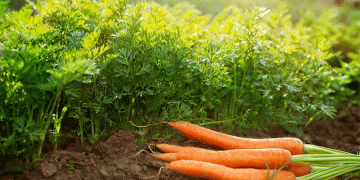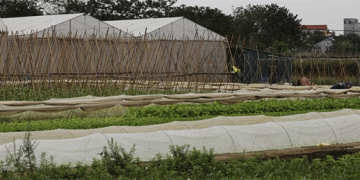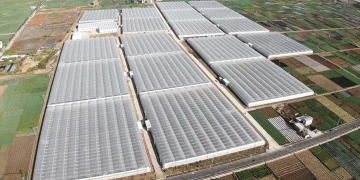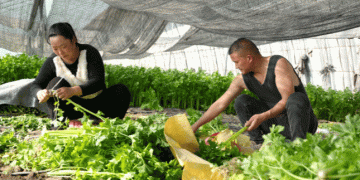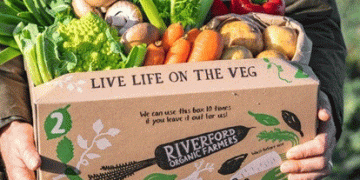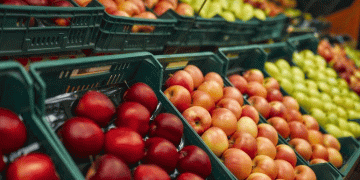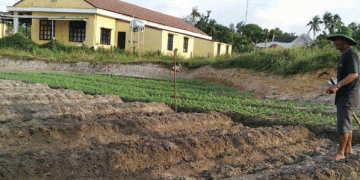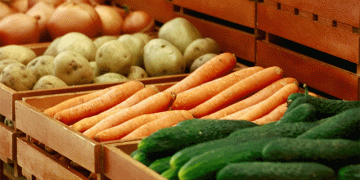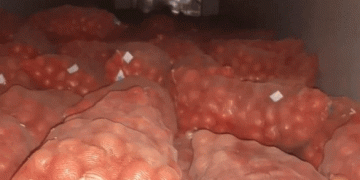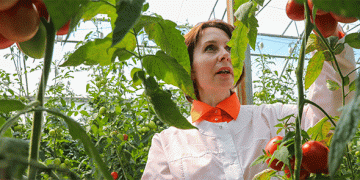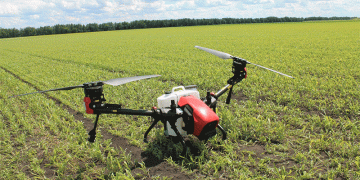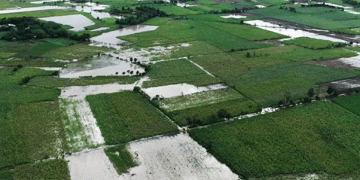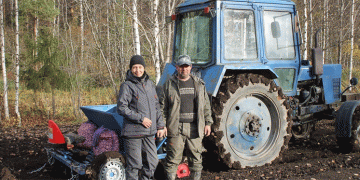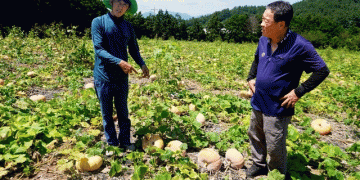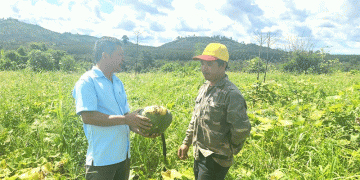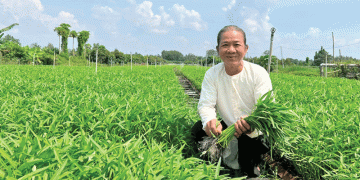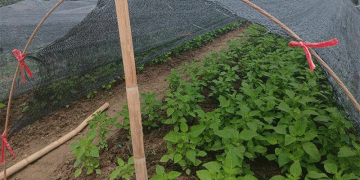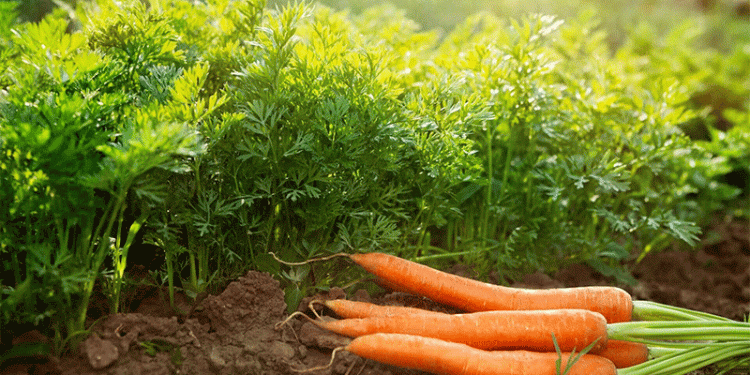According to Bashkortostan’s statistical office (Bashstat), as of April 21, onions, beets, and carrots saw significant price hikes—8.13%, 6.51%, and 4.49%, respectively—within just one week. Currently, the average prices per kilogram stand at ₽52.05 (onions), ₽56.42 (beets), and ₽46.73 (carrots). Potatoes also became 3.38% more expensive, reaching ₽73.39/kg.
Meanwhile, some products saw price drops: buckwheat (-2.74%), tomatoes (-2.51%), and bananas (-2.36%), now priced at ₽48.72, ₽260.57, and ₽174.85/kg, respectively.
What’s Behind These Price Fluctuations?
- Supply Chain Disruptions – Rising fuel costs and logistical challenges, exacerbated by seasonal transitions, may have impacted vegetable transportation. The Russian Agricultural Ministry reported a 12% increase in diesel prices in early 2024, affecting farm-to-market costs (Agroinvestor, 2024).
- Seasonal Production Gaps – Late spring frosts in the Volga region (including Bashkortostan) damaged early vegetable yields, tightening supply (Rosstat, April 2024).
- Consumer Demand Shifts – Cheaper alternatives like buckwheat and imported bananas may be gaining preference as inflation pressures household budgets.
Adapting to Volatile Markets
Farmers and agronomists should consider diversifying crops, investing in protected cultivation (greenhouses), and monitoring logistics costs to mitigate price risks. Meanwhile, scientists and policymakers must explore resilient crop varieties and efficient storage solutions to stabilize supply.
